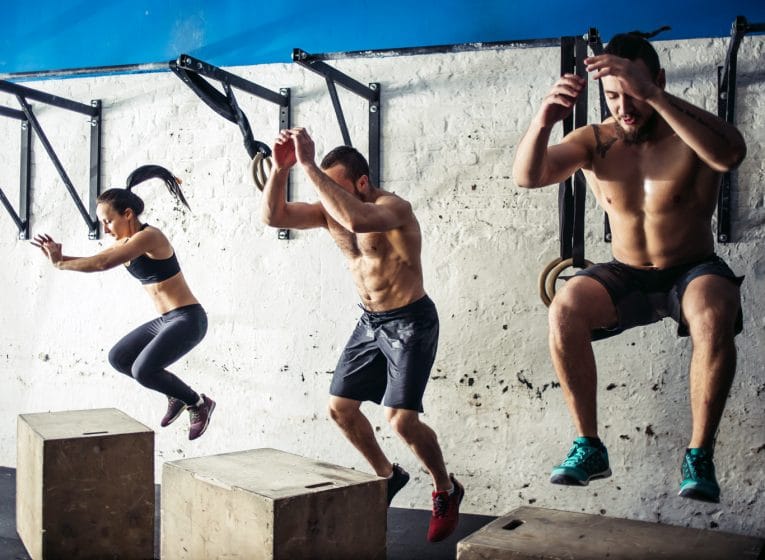

Complete the first burpee-jump-up when you land.Take a few steps forward and then leap, reaching your arms up to the sky as you soar.Afterwards, perform a push-up, then kneel facing down on the floor with your palms.Push yourself into a push-up stance by kicking your legs behind you.Place your palms face down on the floor in front of you.Put your feet shoulder-width apart and keep your arms by your sides.They are also a great way to increase your stamina and cardiovascular fitness. Perform another jump as soon as you land.īurpee jump-ups engage every muscle in your body.Fall back into the squat for another powerful jump.Control your landing by travelling through your foot from toes to the ball to heel.Stretch the legs entirely until they are a few inches above the ground.As you lift yourself off the ground, engage your lower body to propel your body upward.
ALTERNATIVE TO TUCK JUMPS FULL
Make a full squat by bending your knees.Assume a slightly bent knee position while standing with feet shoulder-width apart.The squat jump uses bodyweight or additional weights such as dumbbells or barbells, among the most basic plyometric exercises. These alternatives include the following: SQUAT JUMPS
ALTERNATIVE TO TUCK JUMPS PROFESSIONAL
There are an array of tuck jumps alternatives ranging from beginner level to professional fitness levels. Basketball and football players are some of the athletes who gain so much with this workout. Performing tuck jumps, improves muscular contraction speed and power generation as well as muscle strength and endurance. Exercises such as the burpee become easier once you master the basic mechanics of this tuck variation. It is possible to improve your performance in other plyometric activities with the tuck jump. Including it in your workout regimen has impressive benefits for your cardiovascular health. The leaps are good for your heart – they increase your heart rate. In addition to working your glutes and hamstrings, this exercise also works your quadriceps and core. To reap the benefits of tuck jumps, you should perform them on a regular basis. They improve your capacity to make that leap by at least 25 per cent. The core holds the spine steady during the jump. Your glutes aid in acceleration and rapid transition of energy from when jumping. The quadriceps activate during a leap because you bend your hips and extend your knees. Hamstring muscles include the semitendinosus, a muscle that helps the knee extensors build up force by accelerating the knee forward and backwards. Tuck jumps are fantastic, and they work the following five muscles.


Your feet should grab the floor to ensure a sturdy position.With a neutral head and neck position, your shoulders should be precisely over your hips.Keep your knees slightly bent and your feet shoulder-width apart as you stand.Moreover, it strengthens your lower body and core. Nevertheless, it is an excellent option if you’re looking to improve your cardiovascular fitness or increase your heart rate. Interestingly, this exercise enjoys a love-hate sort of support. That’s the secret behind its high-performance nature. The jumps activate major muscles across the body because they use different speeds and movements. If you are looking for a fun-filled full-body workout, consider tuck jumps since they are plyometric exercises.


 0 kommentar(er)
0 kommentar(er)
